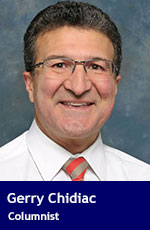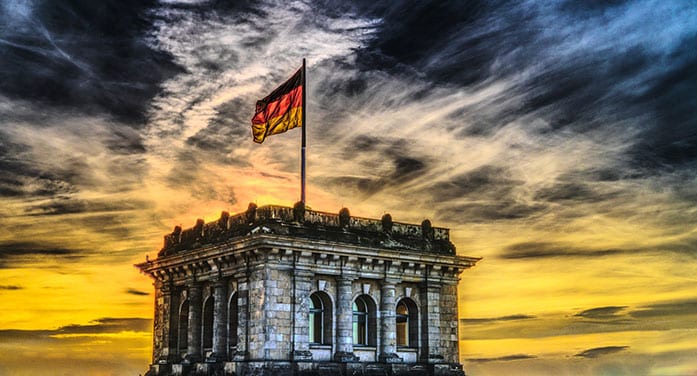 When Germany talked about reuniting as one country after the fall of the Berlin Wall in late 1989, many world leaders were quite concerned, especially British Prime Minister Margaret Thatcher and French President François Mitterrand.
When Germany talked about reuniting as one country after the fall of the Berlin Wall in late 1989, many world leaders were quite concerned, especially British Prime Minister Margaret Thatcher and French President François Mitterrand.
But Germany wasn’t the same country it was in the first half of the 20th century, and today it isn’t the same country it was when it reunified in 1990.
In 2021, Germany is considered by many to be the most progressive country in Europe, and even in the world. It has welcomed more Syrian refugees per capita than any other wealthy country, and it’s leading the way in establishing reconciliation with its former African colonies.
Even when there are demonstrations by racist throngs on the far-right, they’re always followed by much larger demonstrations of solidarity with visible minorities though this news rarely gets significant coverage in the international press.
How Germany came to be what it is today is recorded in Susan Neiman’s book Learning from the Germans: Race and the Memory of Evil. Neiman is a Jewish-American scholar who grew up in Atlanta and now lives in Berlin. She primarily compares the way Germany has dealt with the Holocaust to the way Americans have dealt with the memory of slavery. But the principles she discusses can be applied to any country, including Canada.
Neiman points out that the first generations of Germans after the Second World War resisted reconciliation. However, the generation that came of age in the late 1960s began challenging their parents, grandparents, and teachers about their past. With the end of the Cold War, this effort became even more earnest and Nieman notes a significant change that has taken place since she first arrived in Berlin in 1982.
The Germans have a word for the journey they have chosen, ‘vergangenheitsaufarbeitung,’ which Neiman translates as ‘working off the past.’
The generation that’s primarily the grandchildren of those who supported Adolf Hitler’s war and genocide have honestly asked themselves how their ancestors could have done such heinous acts and have accepted responsibility for making sure it never happens again. They’ve embraced the path of reparation, reconciliation and truth.
They’re not guilty of the crimes of their ancestors but are responsible for building a more peaceful and tolerant country and a better world.
This is in stark contrast to what most nations do after they commit crimes against humanity: they deny it ever happened. Neiman argues that this is what generations of white southerners did in the decades that followed the American Civil War, most notably the Daughters of the Confederacy.
Instead of embracing the truth that their ancestors fought a war to preserve their right to enslave and abuse other humans, then taking the necessary steps toward reconciliation, they created a myth that the Civil War was all about states’ rights, the “lost cause narrative.”
Indigenous Canadians must remove obstacles to reconciliation by Brian Giesbrecht
The result has been a society that has never overcome its racist history and remains deeply polarized.
Fortunately, steps are being taken to speak a more truthful narrative; perhaps that’s the greatest hope in healing the deep wounds that hinder progress in the United States.
And what do countries like Canada have to learn from the Germans?
We, too, have crimes against humanity and genocide in our history. Few of us alive are guilty of these racist acts. We are, however, responsible for finding a better way forward. The 94 Calls to Action of the Truth and Reconciliation Commission echo many of the actions taken by Germany to heal the wounds caused by previous generations.
There’s a great deal of work to do in building a more compassionate country and a better world, but the Germans have taught us that it can be successfully done. Now we just need to do it.
Troy Media columnist Gerry Chidiac is an award-winning high school teacher specializing in languages, genocide studies and works with at-risk students. For interview requests, click here.
The views, opinions and positions expressed by columnists and contributors are the authors’ alone. They do not inherently or expressly reflect the views, opinions and/or positions of our publication.
© Troy Media
Troy Media is an editorial content provider to media outlets and its own hosted community news outlets across Canada.



